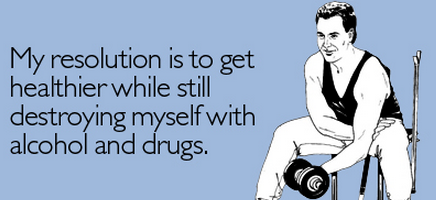People come and go, but pizza, pizza is for life. There is no better feeling than eating a slice of warm freshly cooked pizza, this can only be improved by the knowledge you made that pizza. You grafted in the kitchen, rolled the dough, laid on the toppings and furthermore, you know what went into your pizza.
By now you know I love pizza, I also love flexible dieting, and the two in combination make my day. Flexible dieting is about having the knowledge that no diet is perfect, but you can make daily food choices that progress you towards your goals, in the knowledge that these food choices can be driven by preference. One caveat being is that you must get sufficient micro and macro nutrition, otherwise you can pretty much eat as you like. For the vast majority of people a 80/20 rules applies and works, so 80% of the time you are eating wholesome, nutrient dense foods and then 20% of your diet can be as you like.
Where does pizza fit? Well just like any food, it meets my macro and micro nutrient needs. Homemade pizza is a cut above takeout, because you are choosing the ingredients, and if you follow my recipe it fits within that 80%. So you can continue to lose weight, gain muscle, build power, develop endurance whatever your goals may be, and eat pizza. Enough with the babble, here is what you have been waiting for…
Delicious, homemade, macro friendly Pizza
I am going to provide you the ingredients and method for the basic, but oh so delicious Margherita Pizza. This aint no tiny pizza, this is the real deal, 10inch, thin crust, cheesy pizza. You can make it smaller, you can make it bigger (I have) but this pizza is your billy bob, your essential, it gets the job done, bloody well.
What you need:
The Base:
- ’00’ Grade Flour – 125g
- Yeast- 2g
- Salt- 1tspn
- 70g warm water
The Sauce:
- Tinned tomatoes- 150g
- Italian Seasonings
The Topping:
- Mozzarella – 40g
Macros: 28g Protein, 93g Carbohydrates, 13g Fat – 595 calories
Those are some sexy macros right? Hell yes they are, and it makes me love this pizza even more. Also check those ingredients, there is what 7 there, and of those 7 there are only 5 ‘real’ make or break ones, how good is that? It is darn good right. Plus how many of those would you consider crap? or junk? I hope none, because none are. On top of this, the method, it couldn’t be simpler. Trust me you will get why I make this almost everyday in no time.
How to make it:
Step 1
- Combine all the ingredients of the base.
- Do not knead this, combine and leave to sit for 1 hour.
Step 2
- Blend your tomatoes and Italian seasonings.
- Set your oven to the highest temperature it will go.
Step 3
- Flour your work surface and roll out your dough, this is the only slightly difficult bit.
- There are many methods for this, find what suits you best, personally I round the dough, then working from the inside out with my thumbs I flatten out the dough and rotate as I do, leaving a crust. Then flip and continue on the other side. From here I pick up the dough and holding the crust I rotate the dough like a steering wheel, letting it stretch out.
- Keep pressing/stretching out your dough till at desired size/thickness.
Step 4
- Place your rolled out dough onto your pizza stone or plate.
- Chuck on all your sauce and toppings.
- Cook in the oven for 4-6 minutes, depending on how well cooked you like it.
You got yourself some cracking pizza, with brilliant macros and that I can see fit within anyones diet. Sounds too good to be true? It isn’t, just try it, you will love it, and keep making it and become a pizza addict like me.
You love the sound of all this but do not know how many calories or macronutrients you need? Want to enjoy pizza like the above in the knowledge that you can still lose fat, gain muscle, stay lean and get strong but do not know where to start? Whether in contest prep for natural bodybuilding, physique, bikini or building towards a powerlifting meet or championship, we can all eat pizza and progress. All my clients eat to preference, I think everyone should, but not everyone knows how. Want to eat better and enjoy everything that goes in your mouth? You may want to look into getting a coach who can help you out. You can check out my services here.































